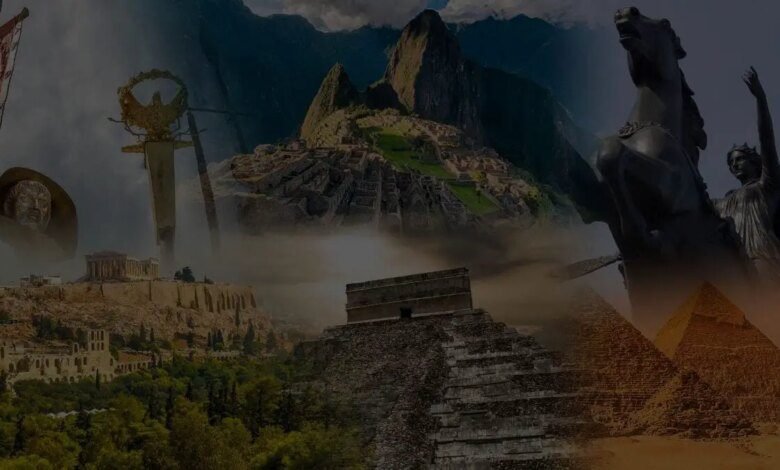Amphibians and dinosaurs were the new large predators after the mass extinction

The largest extinction event occurred 252 million years ago at the end of the Permian Period. It has wiped out almost 90 percent of all aquatic life.
Previously, researchers assumed that ecosystems gradually recovered from this catastrophe over a long period of eight to nine million years, and that large predators at the top of the food chain were the last to reappear. A Swiss-American paleontology team led by Torsten Scheyer and Carlo Romano from the University of Zurich shows in their new study that food webs did not gradually recover in the Early Triassic.
– Advertising –
Large predators such as crocodile-like amphibians and later the precursors of the well-known plesiosaurs and ichthyosaurs went in search of prey in the oceans shortly after the end of the mass extinction.
Large predators are involved from the start
Apex predators – large predators at the top of the food chain – are extremely important to the health and stability of an ecosystem. They destroy sick and weak animals and exert constant selection pressure on the species they prey on. Scheyer and his colleagues therefore wanted to find out whether the top predators were actually missing from the oceans after the mass extinction and how the ecosystems functioned.
The researchers examined the global distribution of predatory marine vertebrates and their body size in the Early and Middle Triassic and came to surprising results. “The apex predators recovered in a comparatively short time after the great extinction,” says Torsten Scheyer. The researchers were also able to refute a second theory. Marine predators were previously thought to increase in size continuously from the Early to Middle Triassic, peaking in apex predators. “We now show that large predators hunted in the seas as early as the Early Triassic,” adds Carlo Romano.
“The length of food chains was not shortened by the mass extinction at the end of the Permian. There are also no signs of a gradual re-emergence of the classic trophic pyramids from base to top,” explains Hugo Bucher. In order to better understand food webs, attention had to be paid not only to the shape of the food web, but also to the dynamics, i.e. the evolutionary rates of the species involved.
– Advertising –
New actors in old roles
The great mass extinction at the end of the Permian led to a completely new composition of top predators. Large predatory fish dominated in the Permian, but after the mass extinction they had to share this role with predatory crocodile-like amphibians. Another extinction event around two million years later, the End Smith Crisis, triggered changes in the group of top predators. From this point on, fish and, for the first time, reptiles such as Askeptosaurus were at the top of the food chain.
“The role of large predators has always remained the same in ecosystems; “It’s just the actors who have changed over time,” says Torsten Scheyer, summarizing the new results. The researchers believe that insights into past events will help better understand the impact of today’s climate changes on ecosystems.
Header image: Saurichthys: WikiPedia
Contributing source: University of Zurich
– Advertising –



